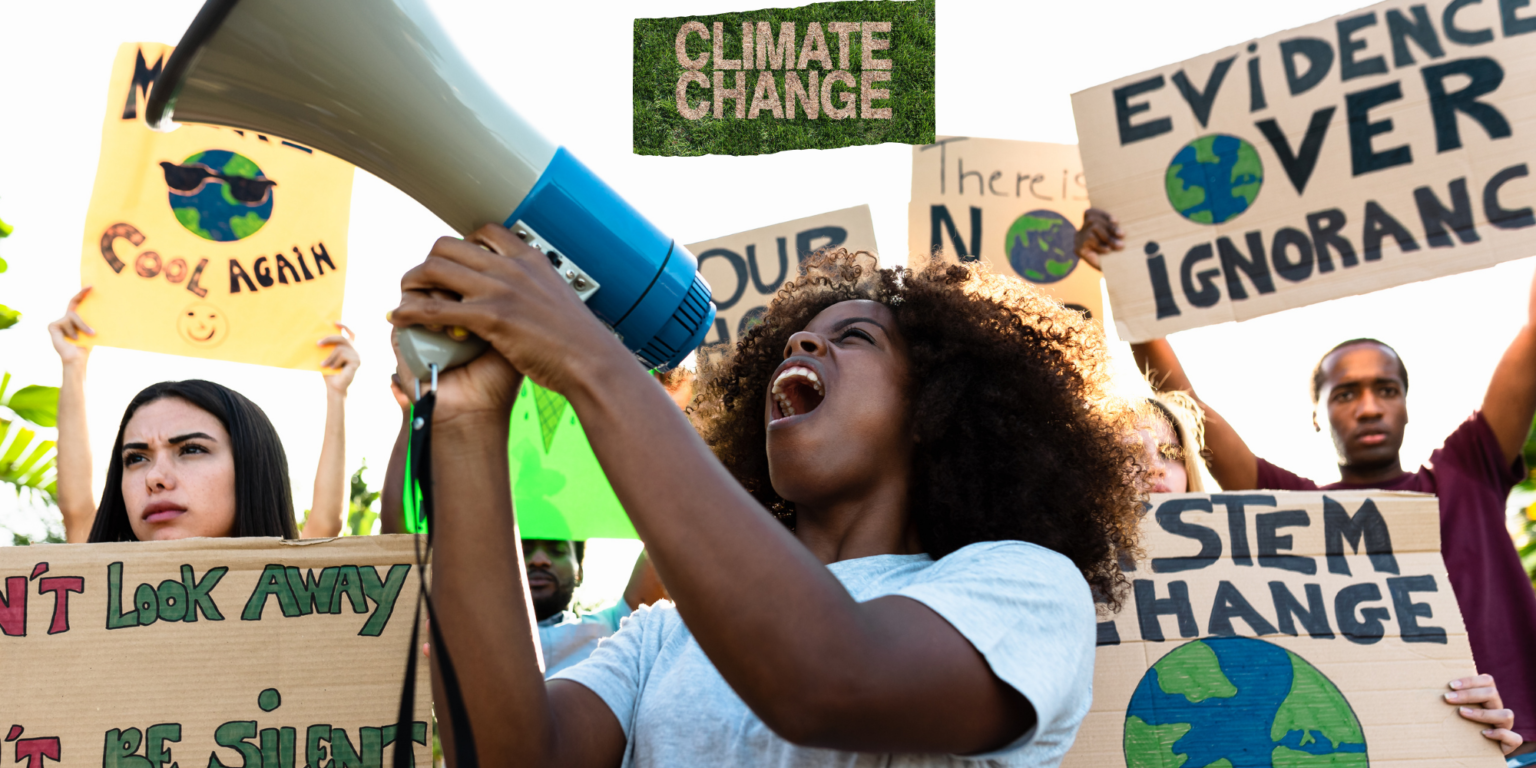Climate misinformation threatens action on climate change, undermining confidence and delaying solutions.
Climate disinformation consists of misleading or inaccurate content that seriously jeopardises the fight against climate change. These harmful narratives tend to misrepresent the existence or impacts of climate change, as well as the unequivocal human influence on these processes, contradicting the scientific consensus established by the Intergovernmental Panel on Climate Change (IPCC) and the objectives of the Paris Agreement.
This is because such misinformation often distorts scientific data, either by omission or by biassed selection of information, with the aim of eroding confidence in climate science, climate-focused institutions, experts and proposed solutions.
A common practice includes the misrepresentation of initiatives, which are presented as beneficial to climate goals, but actually contribute to global warming or contradict the scientific consensus on mitigation and adaptation measures.
In 2022, for the first time, the IPCC recognised climate misinformation as a crucial problem. This recognition highlights how such misinformation not only creates uncertainty, but also makes it difficult to identify risks, leading to delays in mitigation and adaptation measures.
In addition to recognising the importance of misinformation, the IPCC highlighted the role of the media, both online and offline, in amplifying contrary and unscientific messages, contributing to the spread of misinformation.
This situation is so serious that the latest ‘Global Risks 2024’ report, published by the ‘World Economic Forum’, highlights that trajectories related to global warming and its consequences on earth systems (climate change), as well as environmental risks, remain dominant in the risk scenario. Disinformation has also emerged as one of the main risks this year.
Climate disinformation mechanisms
Climate misinformation can manifest itself in a number of ways, including:
● Direct denial: Claims that directly contradict the scientific consensus, such as denying that global warming is real or caused by human activities.
● False equivalence: Presentation of non-scientific theories as equally valid as scientific theories, creating the appearance of debate where there is consensus.
● Data selectivity: Use of isolated or out-of-context data to argue against widely accepted scientific evidence.
● Conspiracy theories: Proposition that climate change is a hoax or conspiracy created by certain groups to achieve hidden objectives.
What the research says:
A study conducted by the University of Oxford in collaboration with the Reuters Institute, entitled ‘Climate change news use one year on’, analyses the use of climate change news and public attitudes towards it.
In short, the study points to a slight increase in the attention paid to climate news, with a significant 73% reliance on scientists as the most reliable sources.
The report also emphasises ongoing concerns about climate misinformation and highlights the demographics of climate news consumption, showing that people over the age of 55 access climate news more than 18–24-year-olds.
The study used survey data to understand the public’s concern about misinformation and the frequency with which they encounter climate misinformation across different platforms and sources. Some 27% of respondents believe they have encountered climate misinformation in the past week, a figure similar to that found for misinformation about politics and government policies. In addition, respondents identified politicians, political parties and governments as frequent sources of climate change misinformation.
Impact on young people
Young people, who are often more active on social media, are particularly exposed to climate misinformation. This group is also highly vulnerable to the effects of climate change, so it is crucial that they have access to accurate information in order to participate effectively in political and community decisions.
Education is key in the fight against misinformation. Educational programmes focused on scientific and critical literacy can equip young people with important tools to help them identify reliable sources, understand scientific methods and the nature of scientific consensus, and recognise the rhetorical and manipulative techniques used in the dissemination of such content.
In addition, critical engagement on social media is another key aspect of combating these practices. Young people can be encouraged to:
● Use social media platforms to disseminate accurate information and support initiatives to combat misinformation.
● Participate in awareness-raising and peer education campaigns.
● Develop and participate in support networks that promote positive and informed climate action.
CAAD: Fighting global climate disinformation
One organisation has stood out for its commitment to fighting climate disinformation: the Climate Accountability and Disinformation Center (CAAD) is an initiative dedicated to combating the spread of misleading and false information on climate issues around the world.
With the goal of stimulating a global dialogue on effective climate solutions, CAAD brings together efforts in policy, research and accountability initiatives. The organisation is committed to breaking down the barriers created by misinformation, which undermines constructive environmental debates and hinders the identification of climate change-related risks.
One of CAAD’s action fronts is to hold large technology companies accountable for their role in spreading climate disinformation on their platforms. Through policy development, communications strategies and research, the organisation aims to put pressure on these companies to take responsibility and implement effective measures to curb the spread of false information.
Conclusion
Climate misinformation poses a major threat to global efforts to combat climate change. It not only contradicts the established scientific consensus, but also jeopardises public confidence in climate science and policy.
Through practices such as outright denialism, false equivalences, biassed data selection and conspiracy theories, climate disinformation creates uncertainty and delays necessary mitigation and adaptation measures.
Moreover, the influence of social media in amplifying these unscientific narratives is a powerful vector for the dissemination of this misleading information. However, science literacy education and critical engagement on social media can become essential tools for young people and the general population to effectively combat misinformation.



